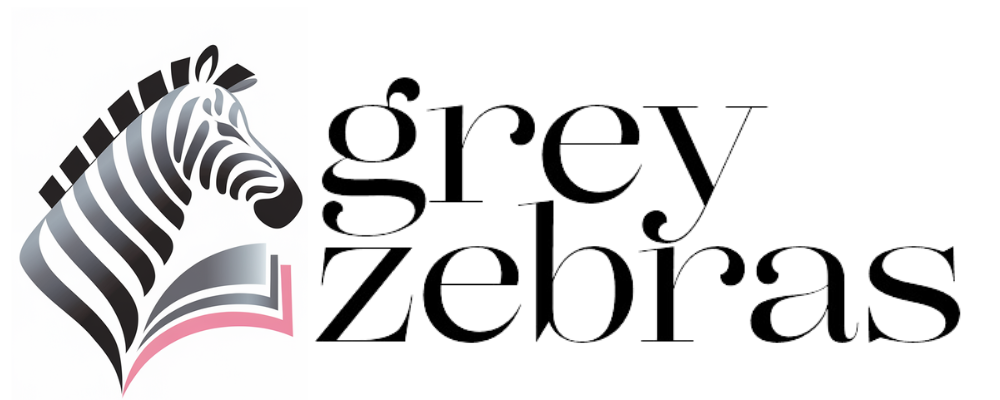Using Journalling to Improve Your Mental Health
Journalling is a strong self-care exercise. It involves writing down your life events and how you feel about them. This helps clear your mind and deal with stress, anxiety, and depression.
Writing regularly can really help your mental wellbeing. It lets you understand your emotions, see things more clearly, and feel more positive. To help with your journalling, you can get 50 FREE Mental Health Clipart at https://greyzebras.systeme.io/free-monthly-clipart. Also, visit our Etsy Shop for all your paper needs at https://thegreyzebragifts.etsy.com.
Key Takeaways
- Journalling is a simple yet effective tool for improving mental health.
- Recording your thoughts and feelings can help you process your emotions.
- Regular journalling can lead to improved mental wellbeing.
- Free resources are available to support your journalling journey.
- Journalling can be a valuable addition to your self-care routine.
The Science Behind Journalling and Mental Health
Research shows journalling can help mental health in many ways. It’s not just writing; it’s a complex process that boosts emotional wellbeing.
How Writing Affects the Brain
Writing in a journal changes the brain in big ways. Studies find it calms the mind, lowering stress and anxiety. It helps process emotions and thoughts.
The brain’s limbic system, which handles emotions, is involved. Writing also activates the default mode network, helping with reflection and self-awareness. Regular journalling improves understanding of thoughts and feelings, leading to better emotional control.

Research on Journalling Benefits
Many studies have shown journalling’s mental health benefits. Key findings include:
- Less depression and anxiety with regular journalling.
- Better emotional processing and regulation.
- More self-awareness and personal insight.
Journalling’s therapeutic nature helps express and process emotions. Techniques like expressive writing and gratitude journalling are especially good for emotional wellbeing.
Adding journalling to daily life can support mental health. As research grows, journalling’s role as a therapy is being more widely accepted.
Using Journalling to Help Mental Health: Effective Techniques
Effective journalling techniques can greatly improve mental health. They help people manage their feelings, thoughts, and actions better.
Gratitude Journalling
Gratitude journalling focuses on the good things in life. It makes people feel thankful and happy. It’s about looking at each day and finding things to be grateful for.
Daily Gratitude Lists
Making daily gratitude lists is simple but powerful. It’s about writing down three to five things you’re thankful for each day. This helps change your focus from bad thoughts to good ones, improving your mental health.
For example, you might thank friends, your home, or your health. This makes you more positive.
Emotional Release Writing
Emotional release writing lets people express and deal with their feelings. Writing down what you feel helps you understand your emotions better.
Stream of Consciousness Technique
The stream of consciousness technique is about writing your thoughts without stopping or editing. It helps release trapped emotions and understand your subconscious.
“The goal is to let go of the need to control or censor your thoughts and simply allow yourself to express freely.”
Structured Prompts for Self-Reflection
Structured prompts help guide your journalling. They let you explore certain themes or issues. These can be about your goals or how you handled tough situations.
- What are my short-term and long-term goals?
- How did I handle a recent stressful situation?
- What am I looking forward to in the coming weeks?
Creative Expression Through Art Journalling
Art journalling mixes art with writing. It’s a creative way to express yourself. It’s great for those who struggle to write their feelings.
Using Mental Health Clipart Resources
Mental health clipart can add to art journalling. It provides visuals that match your emotional journey. It makes journalling more fun and engaging.

| Journalling Technique | Benefits | Example |
|---|---|---|
| Gratitude Journalling | Fosters positivity, enhances well-being | Daily gratitude lists |
| Emotional Release Writing | Processes emotions, provides clarity | Stream of consciousness writing |
| Structured Prompts | Guides self-reflection, explores themes | Questions about personal goals |
| Art Journalling | Offers creative expression, visual outlet | Using mental health clipart |
Starting Your Mental Health Journalling Practice
Starting a journalling journey can change your mental health for the better. It helps you manage stress and anxiety. This can improve your overall wellbeing.
Journalling is personal and can be tailored to fit your needs. It’s great for reducing stress, improving mood, or understanding yourself better. It’s a valuable tool on your mental health journey.
Choosing the Right Journal and Materials
Choosing the right journal and materials is the first step. There are many options, making it hard to decide. Think about what feels right to you – a paper journal or a digital one.
Some like a journal with prompts, while others prefer a blank page. Consider the look too – do you like bright colours or something more calm? Pick something you’ll enjoy using every day.
Creating a Sustainable Routine
To get the most from journalling, make it a habit. Set aside a time each day, even if it’s just a few minutes. Being consistent is key to feeling the benefits.
Link your journalling to another daily habit, like your morning coffee or before bed. Try different times to find what works for you. The goal is to make journalling a regular part of your life.
Overcoming Common Journalling Obstacles
Starting a new habit like journalling can be tough. You might face writer’s block, struggle to stick to it, or feel shy about your writing. But, these challenges can be beaten with patience and persistence.
Start small, with just a sentence or two. Try different methods, like free writing or prompts, to keep it interesting. Remember, your journal is private, so write freely without worrying about mistakes.
Conclusion
Journaling is a powerful tool for mental health and wellbeing. It helps people understand their thoughts and feelings. It also helps them stay positive.
There are many journaling techniques that work well. Gratitude journals, emotional release writing, and art journals are great examples. Choosing the right journal and sticking to a routine can make journaling a big part of your mental health care.
For more help with journaling, check out our mental health resources. You can find free clipart and paper in our Etsy shop. Starting a journaling practice can be a big step towards better mental health.




